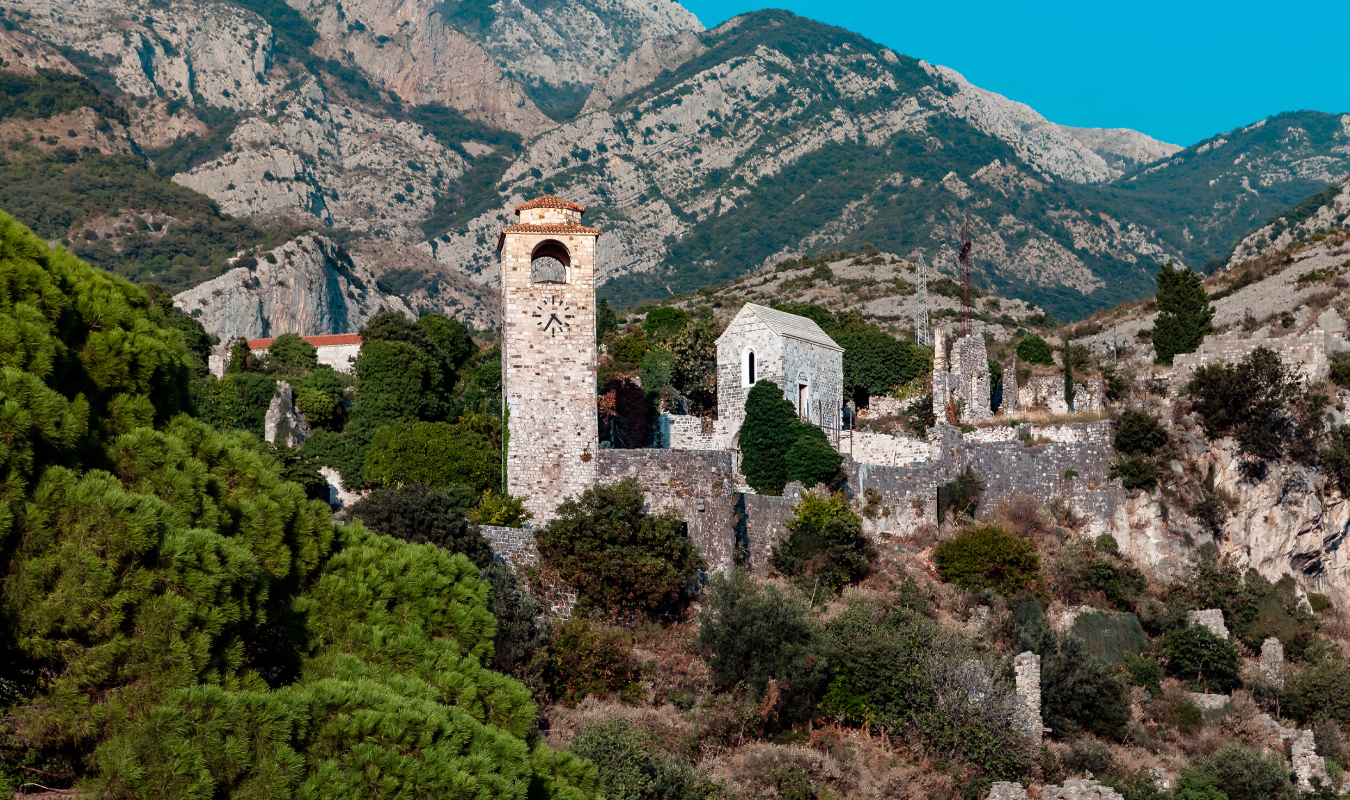The Old Town of Bar (lat. Antibaris) is a fortress that was the center of Bar for centuries, until the town moved lower, into the field. Today it is abandoned and is in ruins. The Old Town is one of the largest archaeological sites in the world. Other monuments of this kind differ due to their unique position and richness of cultural heritage. Its streets are guides through the centuries, from the Greek colonies to the Middle Ages, the rule of Venice, the Turkish period and all the way to the new era. During the last archeological excavations, pottery was discovered from before the new era, when these places were inhabited by Illyrians. These findings prove that the foundations of the Old Town are older than two and a half millennia. The Latins called it Antibaris, and it was the center of the region until the city moved into the field towards the sea. The Old Town of Bar stands proudly at the foot of Rumija, inaccessible from the south and east because it is full of rocks and stones, and towards the west and northwest it descends slightly. It is located in the southeastern part of the coast, 4 kilometers away from the Adriatic Sea, which gave it an ideal geographical and strategic position. The old olive is a European olive tree (Olea europaea) which is believed to be the oldest tree of its kind in Europe and one of the oldest in the world. It is located in the town of Bar in Montenegro and in 1957 it was protected by law and declared a natural monument. It is one of the most important natural assets in Montenegro. The age of this tree is estimated at more than 2000 years. She died twice in a fire in the past, but both times she recovered and is still giving birth. The fruit is collected from it and olive oil is made from it, which is sold to the visitors of the complex. Interest in the Old Olive is growing and every year it is visited by a large number of tourists from all over the world.

 Go back to blog
Go back to blog
